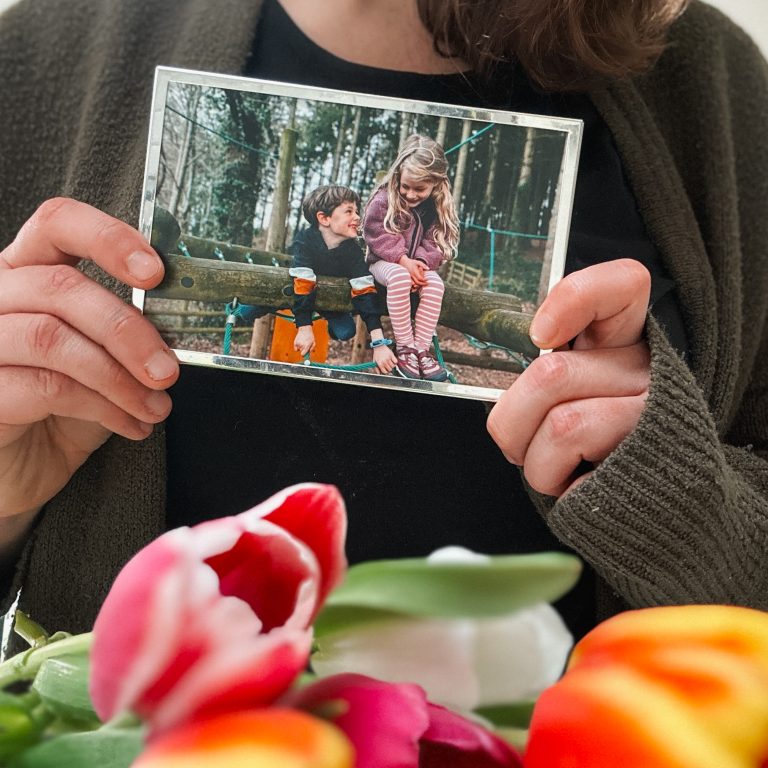It’s always tricky to talk to little children about money. We want them to learn about the value of money, but without inducing worry. That’s why I’m so fond of using stories. Stories have a subtle way of conveying large concepts in small, bite-sized chunks. And with matters of money saving, spending, and earning, there are some children’s books that have the ability to impart that information in just the right way without seeming like homework.
These are the sorts of stories that prompt conversations late at night, long after the book has been closed. The sorts that sow small seeds of economic self-belief, without you sitting down with a spreadsheet before bed.
1. Emily Jenkins’ “Lemonade in Winter”
Two siblings operate a lemonade stand in the middle of winter. Why? Because Pauline has tallied up her coins, done the math, and talked her brother into trying. It is amusing, sweet, and full of subtle lessons regarding budgeting, spending, and earning, without being didactic. I appreciate how it teaches the concepts of risk and reward in a way that a five-year-old can truly understand.
2. “Rock, Brock and the Savings Shock” by Sheila Bair
Rock spends every dime the moment he has it. Brock saves. Every week, their grandfather gives them both money, doubling the amount that Brock saves. It’s a wonderful example of compound interest, but in a lighthearted, rhyming way. There’s a surprise twist, too—Brock isn’t perfect, and Rock does learn. This is a good choice for beginning the discussion on “What would you do?” at the end.
3. “A Boy, a Budget and a Dream” by Jasmine Paul
This is a more recent release and is perfect for slightly older children who are beginning to manage pocket money or shop for their own goods. The main character has ambitions for something special, but he needs a strategy to achieve this. It’s realistic and relatable and makes budgeting seem like a superpower. It does a great job of demonstrating that saving is not dull—it’s liberating.
4. Mac Gardner’s “The Four Money Bears”
Spend Bear, Save Bear, Invest Bear, and Give Bear have their respective attitudes towards money. It’s a fantastic way to break down the notion that money is solely for spending or for saving—there are other options, and the key is to figure out yours. It’s an amazing launching point for getting children to understand that money is not about “having” or “not having” but how you choose to utilize it.
5. “Money Plan” by Monica Eaton
This activity tracks Mia learning to shop with Mum. What is sweet is how intuitively the process of making decisions comes across—looking ahead, price-checking, and deciding based on the actual necessity. There is even a little bit of list-making (if you have a planner kid, they’ll enjoy that). And the best part? It doesn’t make money seem like the domain of the grown-ups—instead, it teaches the children that they have a role to play.
Having these types of conversations early normalizes the talk about money at home. It gives people confidence. And later on, these bedtime stories can translate to conversations about things like the importance of saving for university or dealing with larger goals. I’ve even heard parents using these stories to casually convey how they are also saving in other ways, like with an RESP, so that their children’s education is taken care of without stress.
Financial literacy does not have to be serious or intimidating. Many times, it begins with a good tale, a curious child, and ten minutes before bed.









No Comments